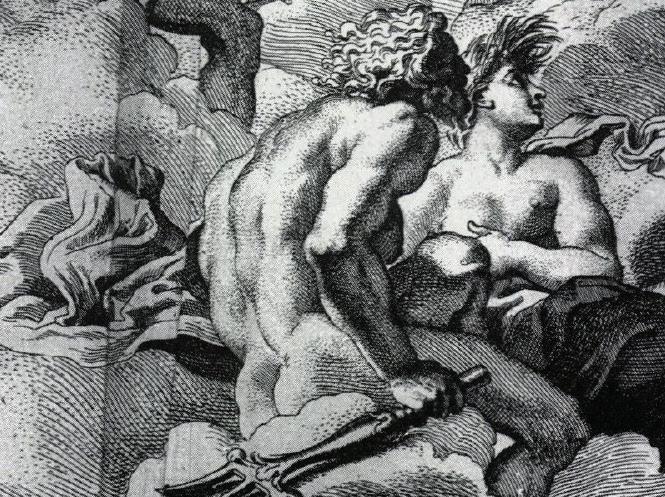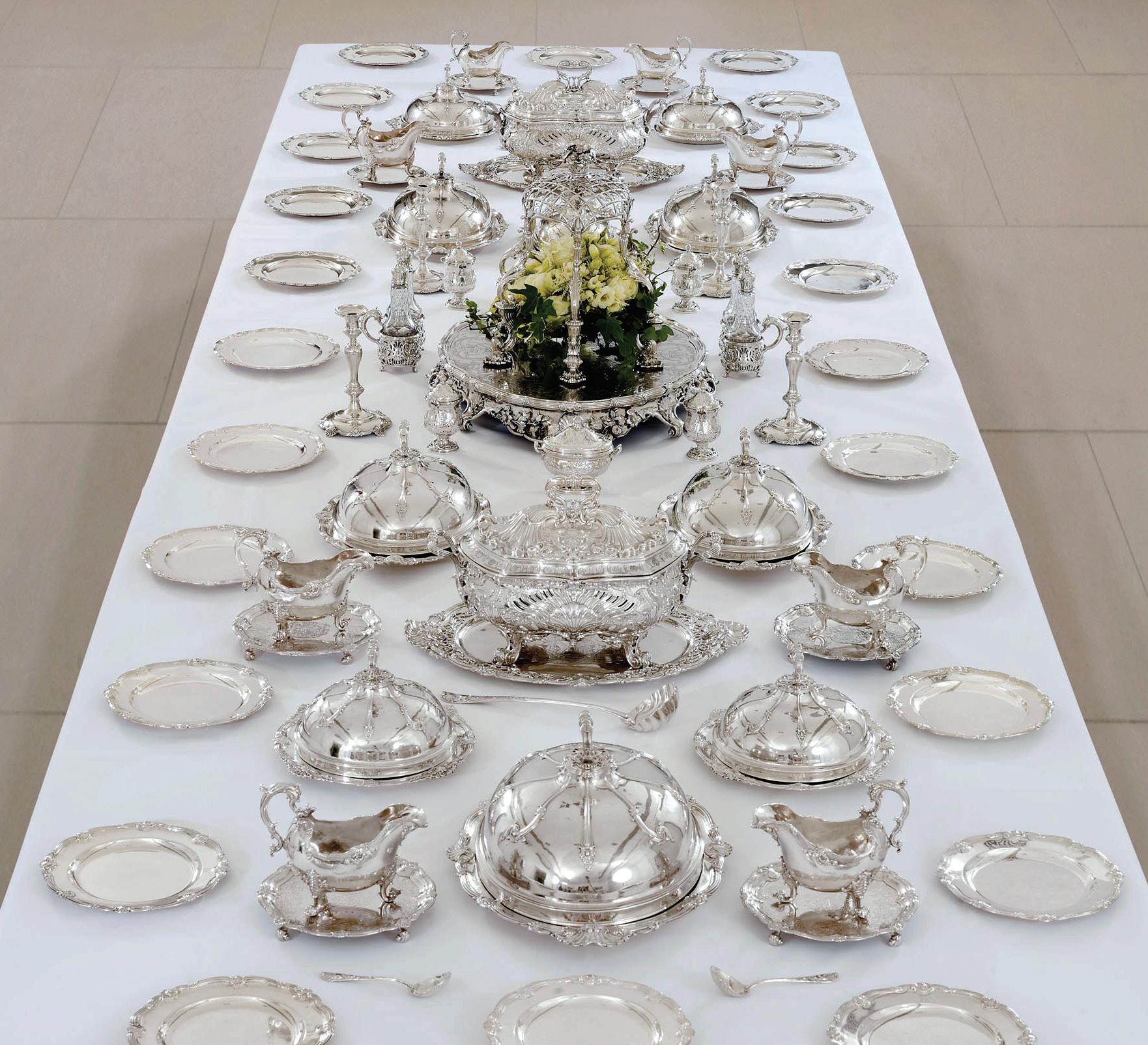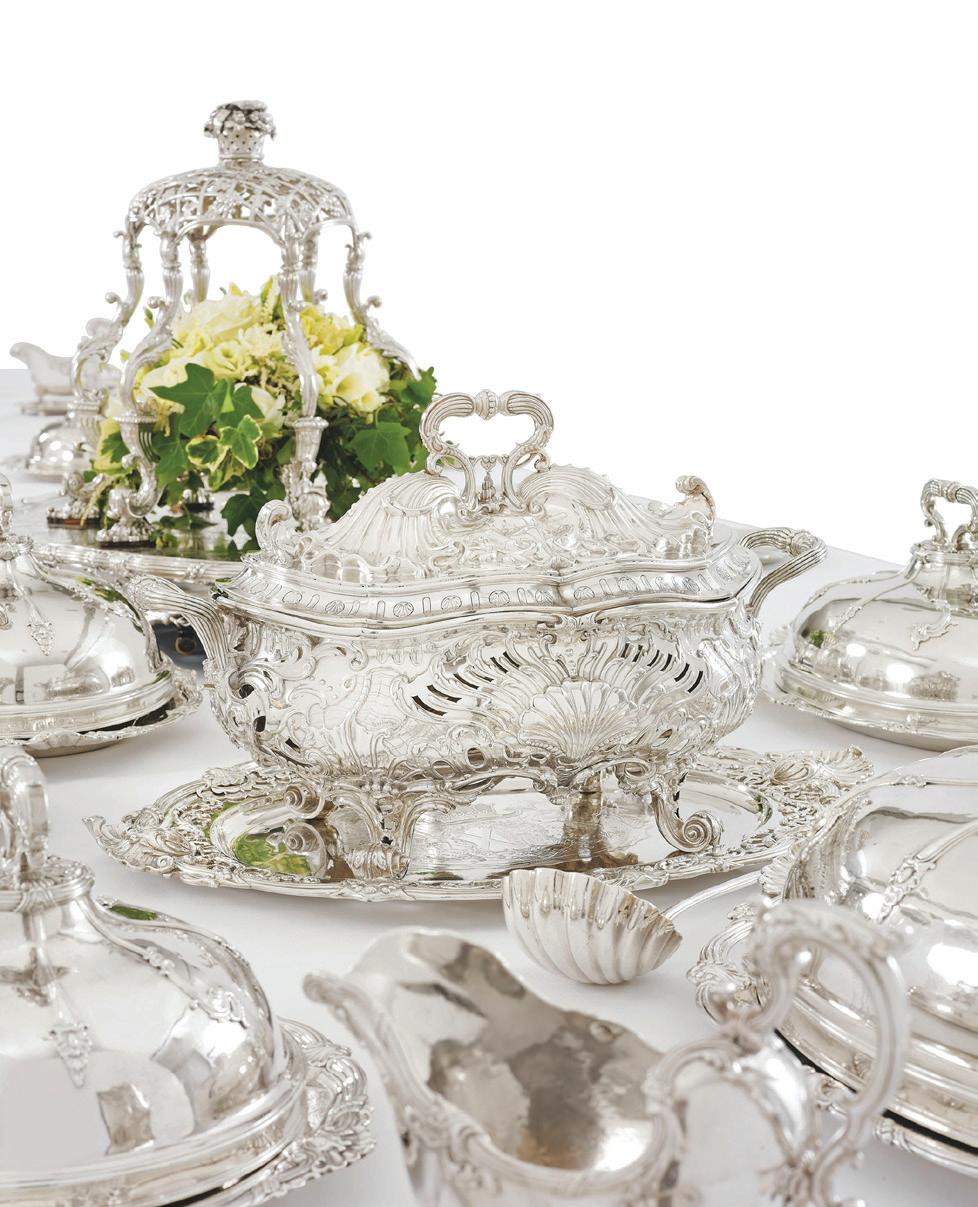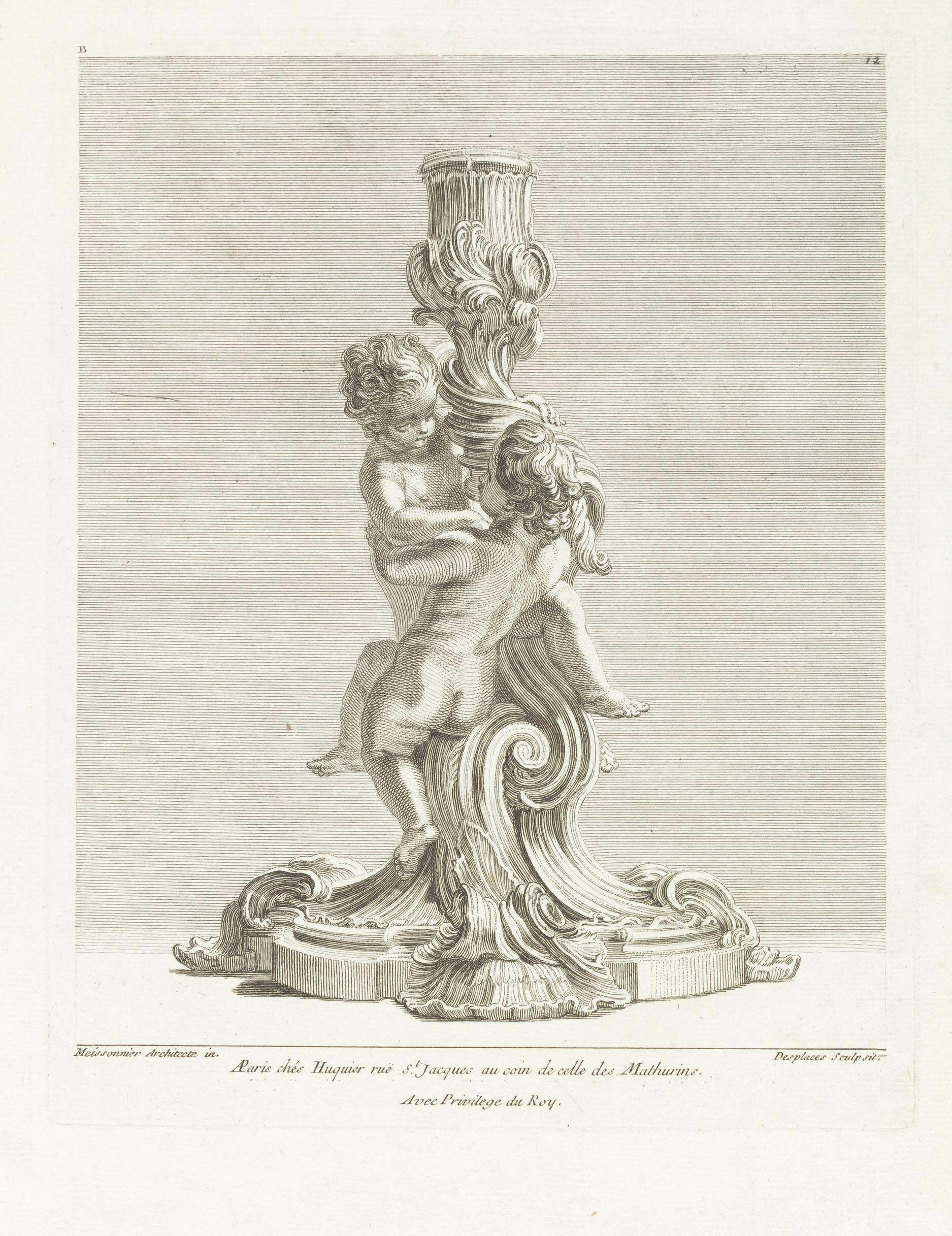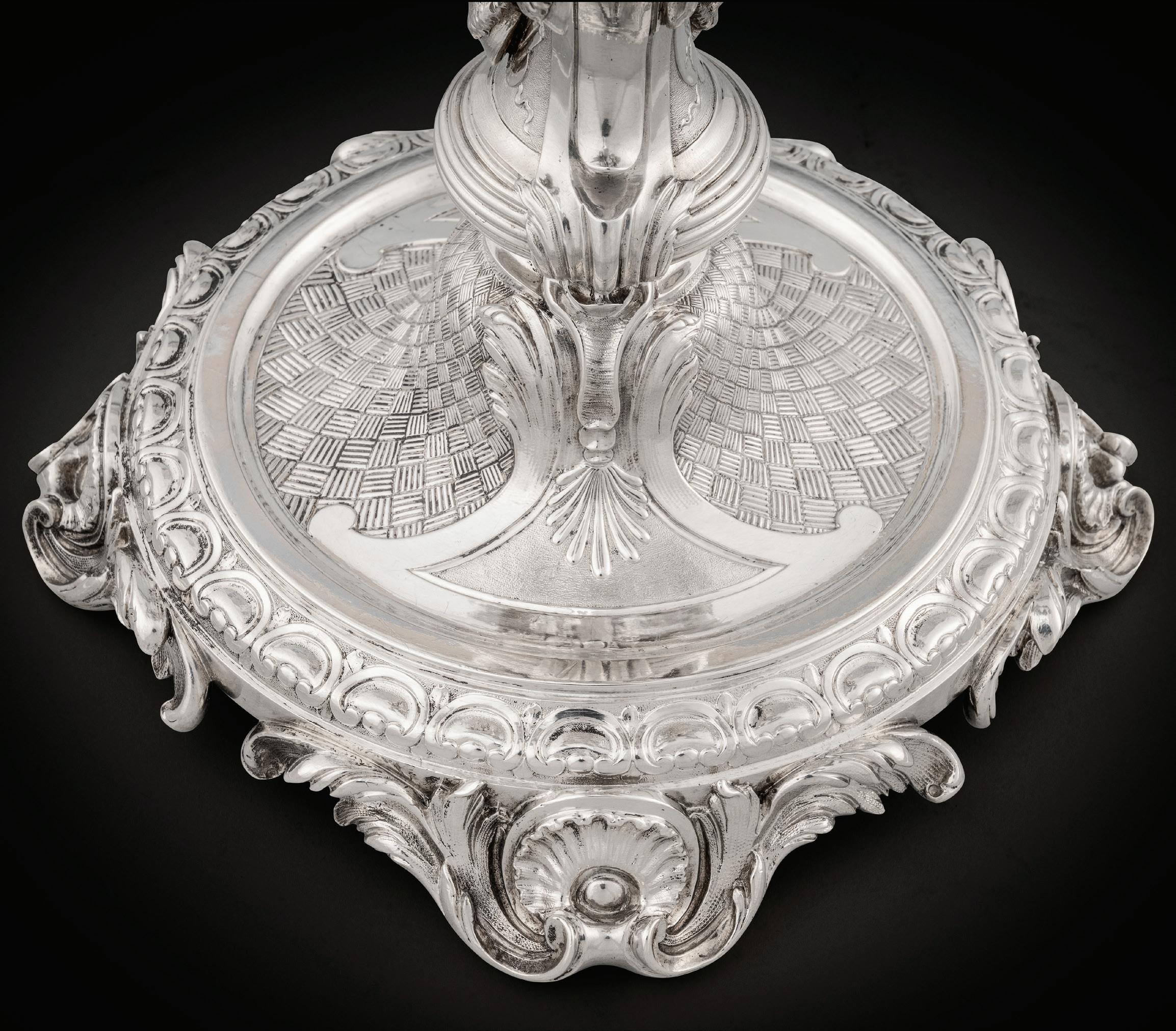
3 minute read
The Earl of Kildare Estates
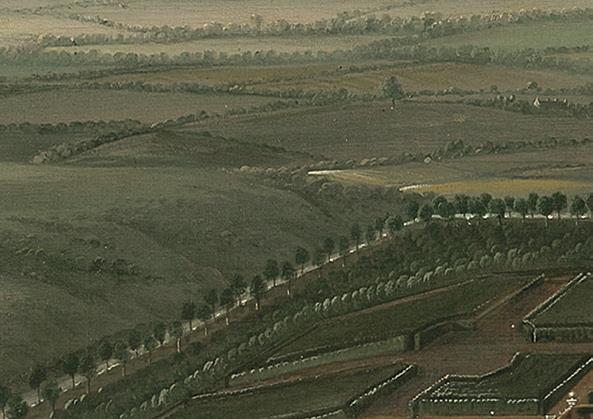

Advertisement
The value of inven T ories in charting how houses were arranged, furnished and used is now widely appreciated. Typically, the listings and valuations were occasioned by the death of an owner and the consequent need to deal with testamentary dispositions. That was not always so. The inventory for Castlecomer House, Co. Kilkenny, for example, was drawn up to make a claim following the house’s devastation in the 1798 uprising.


Mostly hitherto unpublished, the inventories chosen give new-found insights into the lifestyle and taste of some of the foremost families of the day. Above stairs, the inventories show the evolving collecting habits and tastes of eighteenth-century patrons across Ireland and how the interiors of great town and country houses were arranged or responded to new materials and new ideas. The meticulous recording of the contents of the kitchen and scullery likewise sheds light on life below stairs.
Itemized equipment required for the brewhouse, dairy, stables, garden and farmyard reflects the at times significant scale of the communities the houses supported and the remarkable degree of self-sufficiency at some of the demesnes. A comprehensive index facilitates access to the myriad items within the inventories, while the books listed at three of the houses are tentatively identified in separate appendices. A foreword, together with preambles to the inventories, sets the households in their historical context.
This book will appeal to historians of interiors, patronage, collecting and material culture, as well as to scholars, curators, collectors, creative designers, film directors, bibliographers, lexicographers and historical novelists.
AIn 1739, Robert, 19th Earl of Kildare acquired Carton House, Maynooth from Major General Richard Ingoldsby; it had previously belonged to the exiled Jacobite Richard Talbot, 1st Earl of Tyrconnell (1630-91). The Kildares were an old English family, based at Maynooth Castle, who had held important offices in Ireland in medieval and Tudor times. Eclipsed during the 17th century they re-emerged in the 18th century to resume their social superiority. Carton was strategically placed fifteen miles west of Dublin. Kildare commissioned the leading architect Richard Castle or Cassel (1690–1751), who had settled in Dublin in the early 1730s, to rebuild the earlier house in the Neo-Palladian style.
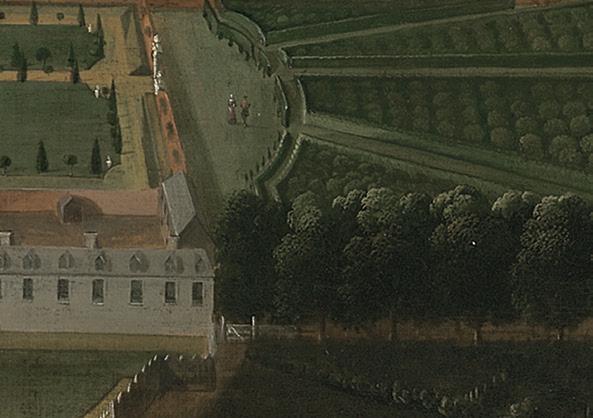

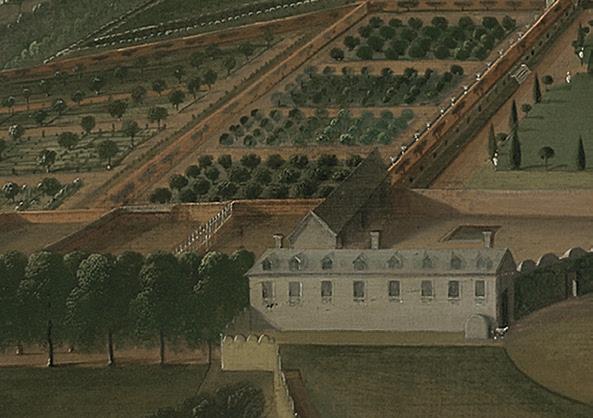
Cassel was commissioned six years later to design a new family home in South East Dublin, Kildare House. That became Leinster House in 1766 when James Fitzgerald, 20th Earl of Kildare (1722-73) became 1st Duke of Leinster, then the unique Irish dukedom. Leinster House is now the seat of the Irish Parliament. At Carton, the Dining Room ceiling was modelled in 1739 in stucco by the Italian Lafrancini brothers, Paolo (1695-1770) and Filippo (1702-1779) with an elaborate figurative assembly representing the Courtship of the Gods. Painted stone colour, details were picked out in gold. They were paid £501 for this commission.
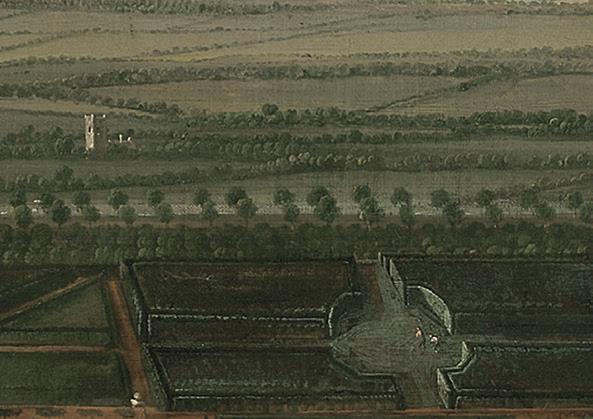
This sophisticated double height interior was the setting for lavish hospitality. The laying of the dinner tables complemented the virtual company of gods and goddesses projecting from the ceiling above. Paired celestial lovers Venus and Mars, Neptune and Ceres and Apollo and Daphne are precariously placed on pillows of cloud that overlap the cornice. Above their heads, cavorting putti swing their legs over oak garlands. The craftsmen responsible for this sculptural assembly came from Ticino, close to the Swiss border with Italy. Their figures are modelled on prints by Pietro Aquila published in about 1685 after leading Italian artist Giovanni Lanfranco’s ceiling The Council of the Gods in the Gallery of the Villa Borghese, Rome, painted in 1624.


The architecture and interiors at Carton reflect the Kildare family’s engagement with European art and architecture, as successive generations visited Italy on the Grand Tour.Although a ‘Sett of Mahogany Pillar Tables (Consisting of 8)’ was recorded in the 1818 Carton inventory, that is when a new dining room was being built to the designs of architect Richard Morrison. Eighty years earlier there were probably two tables seating eight or ten people each as recorded at nearby Castletown, where Kildare was later to redesign the dining room for his sister-in-law Louisa Conolly in the 1760s.
In February 1744 James Fitzgerald succeeded his father as 20th Earl of Kildare. He promptly acquired furnishings worthy of the inherited palatial family homes in Dublin and Maynooth. In anticipation of hosting lavish parties, Kildare commissioned from London-based George Wickes, royal goldsmith, a substantial dinner service. (When this sold at auction in 2012, it achieved a world record).
For the marble-topped mahogany sideboards and service of wine, Kildare added to the silver wine cistern supplied by Dublin goldsmith Thomas Sutton for his father in 1727, a silver wall fountain by Robert Calderwood, 1754, also from Dublin. This proudly displays the earl’s coronet as its lid whilst the spigot emanates from a shell picking up on a recurring motif on the dining room stucco ceiling. Both fountain and cistern bear the coat of arms of the 19th Earl and his wife Mary, daughter of the Earl of Inchiquin, the cistern was later used as a centrepiece on the dinner table, where it was flanked by two pairs of three light silver candelabra inspired by those invented by leading Paris goldsmith Juste Aurèle Meissonnier (1695-1750), designer to the French King, Louis XV. Meissonier’s collected designs for silver were published as a set of 118 plates by Gabriel Huquier from 1742-51. But many of the plates had previously been published in smaller sets.
